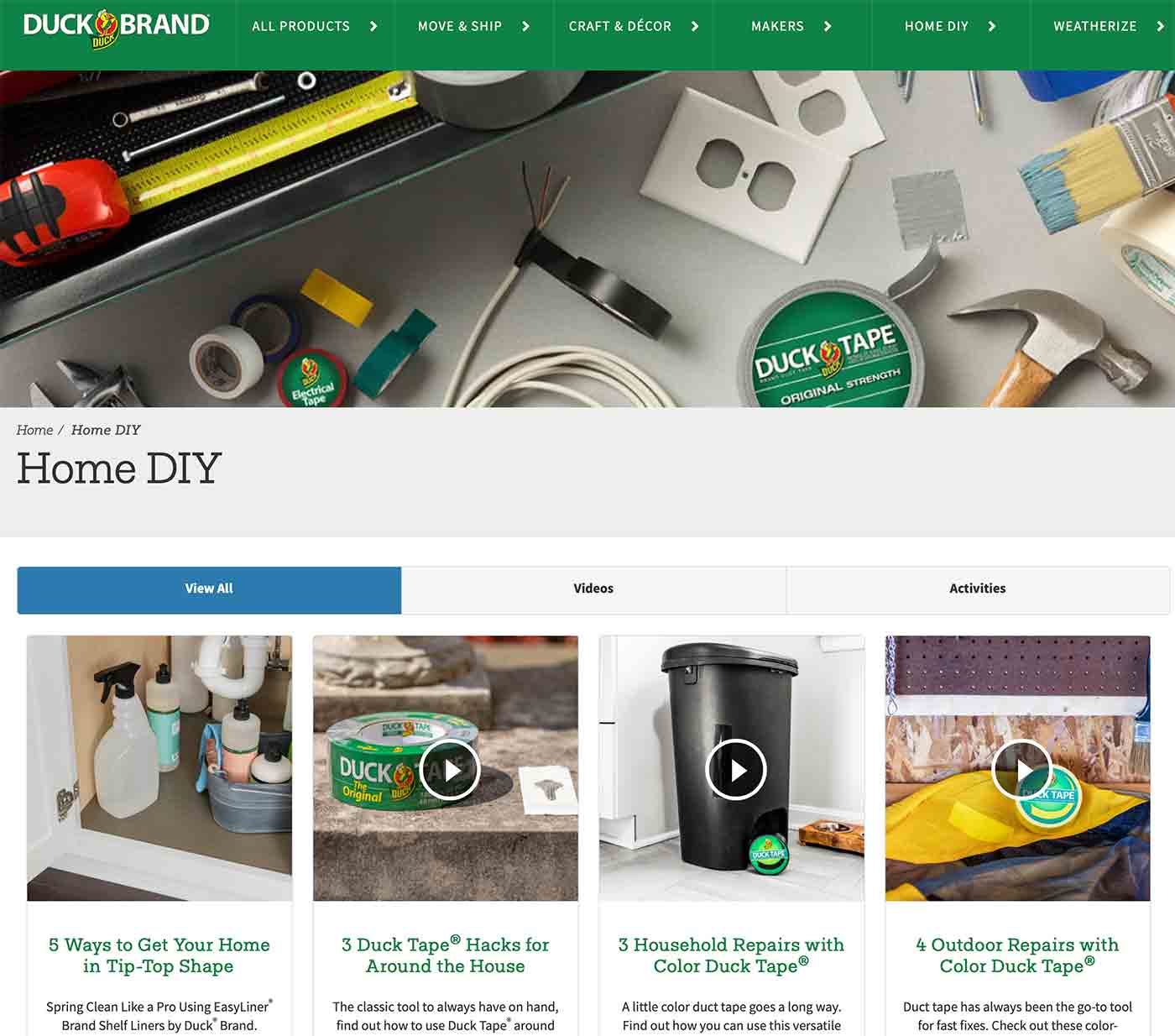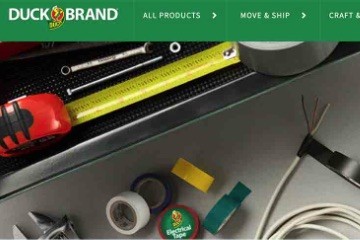A product question from a shopper is an opportunity. Consumer inquiries provide critical keyword search terms. They also help you understand your audience’s vernacular to include in product descriptions, calls to action, and checkout funnels.
Visitors to Amazon, Macy’s, and other leading brands can quickly peruse Q&A sections for additional detail beyond product descriptions. A good example is small kitchen appliances. In my experience, shoppers have to scroll through reviews and Q&As to learn about cleaning and accessories, as those details are not typically in product descriptions.
Aside from product reviews’ perceived trustworthiness, customer feedback tells shoppers way more about the items they’re considering — in easy-to-understand language.
Some of those most-asked questions include:
- Where is it made? Shoppers are conscious about purchasing domestically-made products. For example, the queries “USA made” and “made in USA” peaked in Google Search in April 2020, the highest since Google started tracking keyword and topic trends in 2004. It remains higher than in any other year.

Google Trends shows the search-query growth of “USA made” and “Made in USA” since 2004.
- What’s it made of? Surprisingly, many product descriptions don’t include complete details about materials, such as whether a travel mug is BPA-free or if the materials accommodate eco-friendly cleaning.
- How do I clean it? From lingerie to refrigerators, the cleaning process impacts buying decisions. Tagging easy-to-clean products as “Easy Cleanup” with a few details can help shoppers find your store in organic search results. It also encourages purchases.
- How is it sized or measured? This can address packaging, detailed measurements, and how the sizing is determined. For clothing, info on size is the most requested information. Using terms such as “true to size” or partnering with a data-driven personal sizing platform can help eliminate guesswork.
- How much does it cost to operate or maintain? Consumers want to know how much electricity an appliance uses, and the prices of refills and accessories.
Shoppers’ Concerns
Customer service reps should log details of phone calls in a database. The data can provide insight into prime keywords for off-site and on-site search, trigger terms that help sell, and potential disclaimers.
Gather data from multiple sources, including:
- Product reviews,
- Shopper questions,
- Pre-order inquiries sent via email and chat,
- Post-order support requests,
- Reasons for return or exchange.
Small stores can analyze the data using filters and queries in Excel or Google Sheets. Larger companies with thousands of reviews and requests could use a third-party analysis tool. For example, Appbot collects reviews for Amazon sellers, and its text mining tools are handy for imported other data.
Ideally, monitor both product sentiment and emotional response by analyzing key terms, keywords, topics, and common phrases.
Beyond the Product Page
Analysis of topics and consumer sentiment can also help generate topics for how-to articles, blog posts, and social media content.
Duck Brand, which sells duct-tape and packaging materials, uses shopper feedback as inspiration for video tutorials and do-it-yourself guides. It then reuses the content across social and marketing channels to reinforce the brand and attract new customers.

Duck Brand leverages user feedback to create how-to guides and videos.
Multi-use Marketing
Leverage user-generated content such as reviews and Q&As to increase online visibility, conversions, and revenue.
Utilizing what customers say can separate your company and its products from competitors. Take it a step further to increase brand awareness and consumer loyalty.







